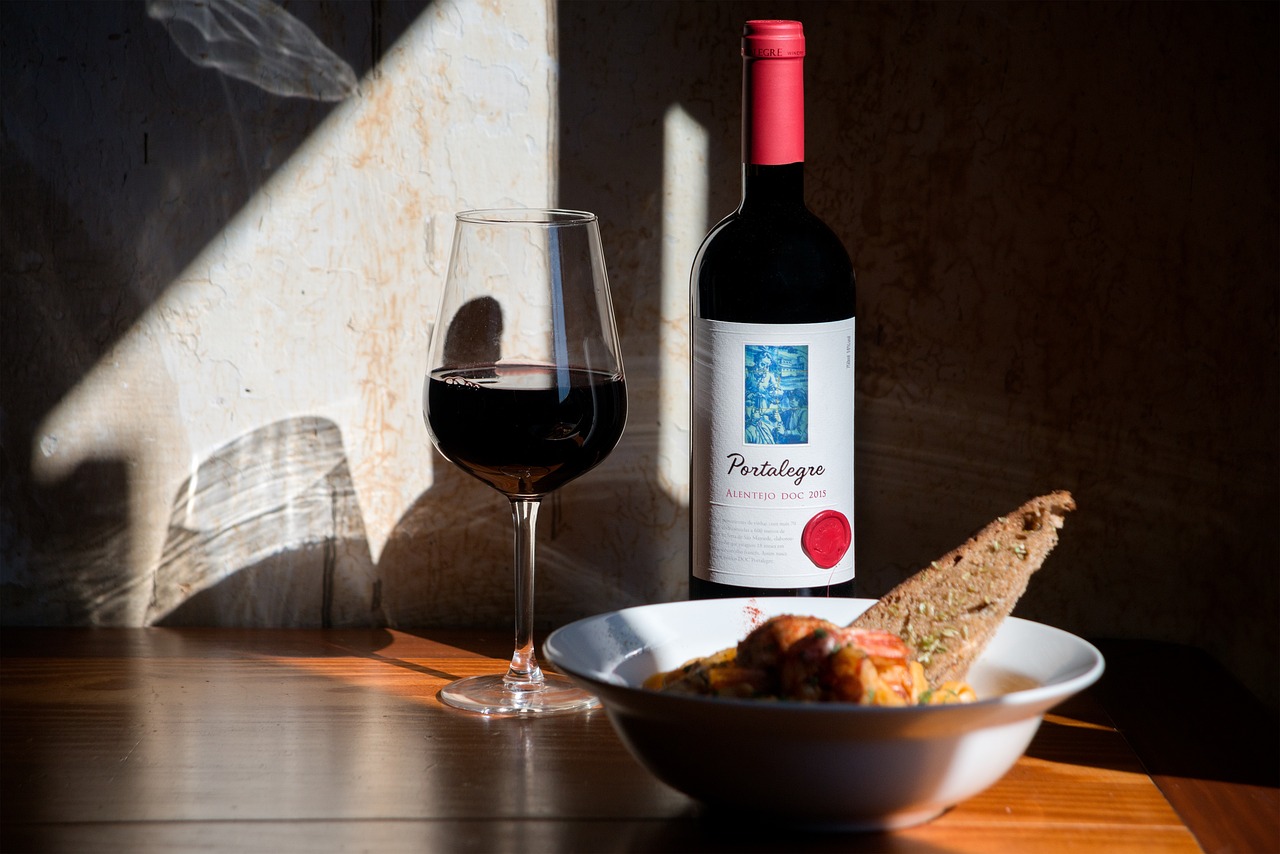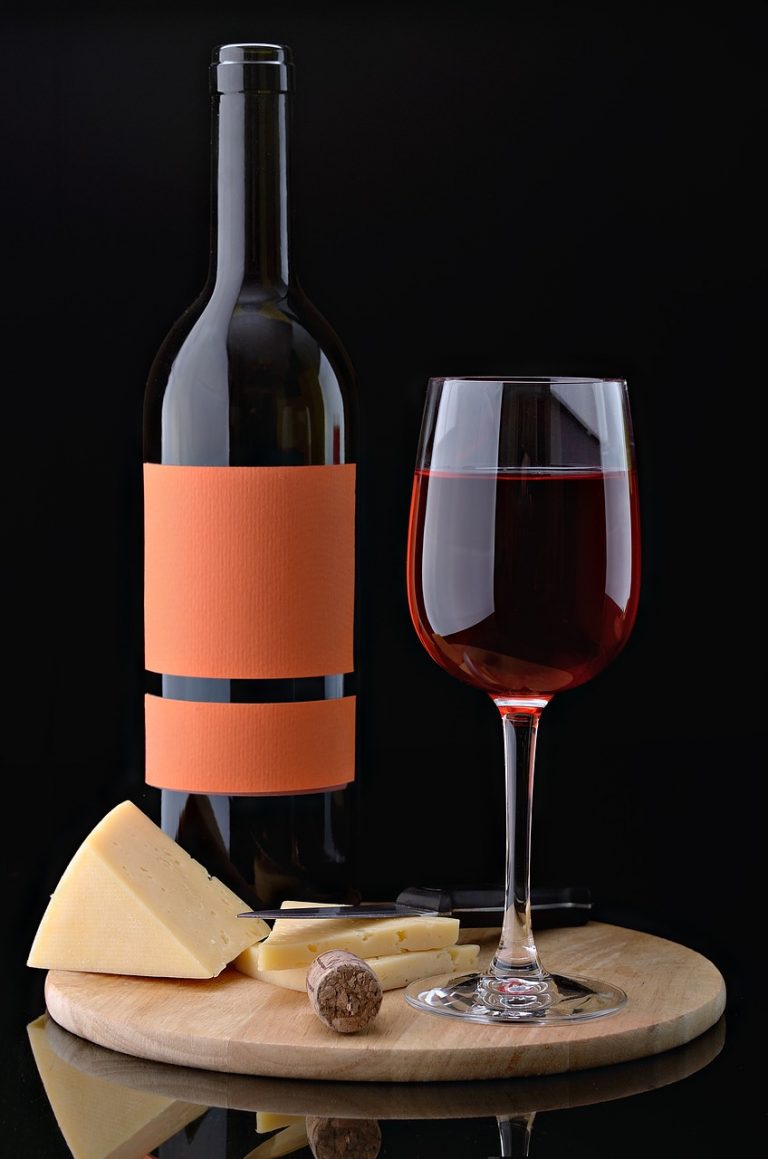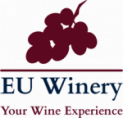Transform Your Drinking Experience

Not everyone chooses to embark on the journey of becoming wine-savvy, but for those who do, it proves to be the ultimate way to elevate social experiences and refine one’s palate. Beyond the immediate advantages, such as increased confidence in wine selection and the ability to discern quality differences, there are profound side benefits. The newfound ability to identify and appreciate wine quality might revolutionize your perspective, potentially altering the way you perceive grocery store wines. If you’d rather preserve the bliss of ignorance, now might be the opportune moment to cease reading.


Despite the vast diversity within the world of wine, it can generally be classified into nine distinct styles. Sampling examples from each of these styles provides a comprehensive insight into the broader spectrum of the wine universe.
Learn the best wine from Europe
Bordeaux, France: Château Margaux (Red Wine)
Burgundy, France: Domaine de la Romanée-Conti (Red Wine)
Tuscany, Italy: Sassicaia (Red Wine)
Piedmont, Italy: Barolo (Red Wine)
Rioja, Spain: Vega Sicilia Único (Red Wine)
Champagne, France: Dom Pérignon (Sparkling Wine)
Germany: Joh. Jos. Prüm Riesling (White Wine)

Simple suggestions for buying the right bottle of wine
Buying the right bottle of wine can be a daunting task, especially for those who are not experts. However, it is not too difficult to buy a satisfactory bottle of wine for those who are less experienced.
Remember that wine tasting is a subjective experience, and what matters most is finding wines that you personally enjoy. With a little exploration and experimentation, you’ll soon become more confident in selecting the right bottle of wine for any occasion.
Reading a wine label
Reading a wine label can provide you with valuable information about the wine, including its origin, grape variety, vintage, and sometimes details about the winemaking process.
Keep in mind that wine label regulations can vary by country, so the information presented on labels may differ. Additionally, some labels may be more traditional and provide less detailed information, while others may include extensive details about the winemaking process. It’s a good idea to familiarize yourself with the specific labeling conventions of the region where the wine was produced.
Wine knowledge
Wine is a complex beverage produced from grape juice. Wine is said to be essentially a healthy beverage when consumed within reason and an important supplement in food and energy to the body.
Wine words you need to know
Certainly! When delving into the world of wine, there are several terms and concepts that can enhance your understanding and appreciation. Understanding these terms will enrich your wine appreciation journey and help you communicate more confidently about different aspects of the world of wine. Cheers! 🍷
Tannins, acidity, body, oak aging, vintage, terroir, aroma vs. bouquet, sommelier, appellation, blend, decanting, …
